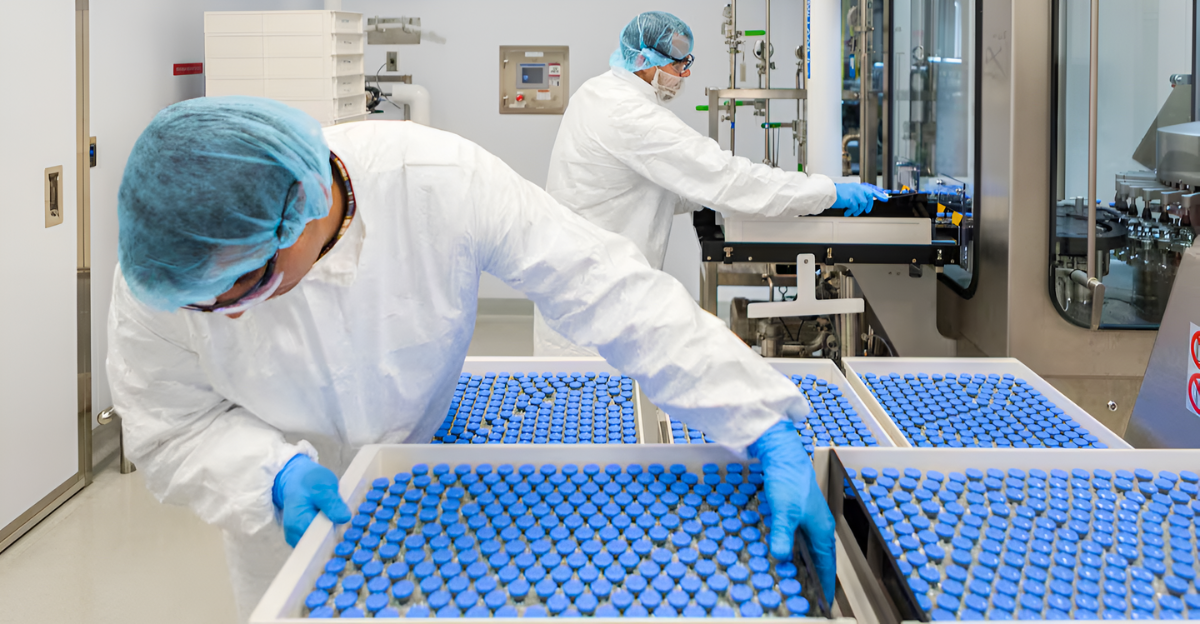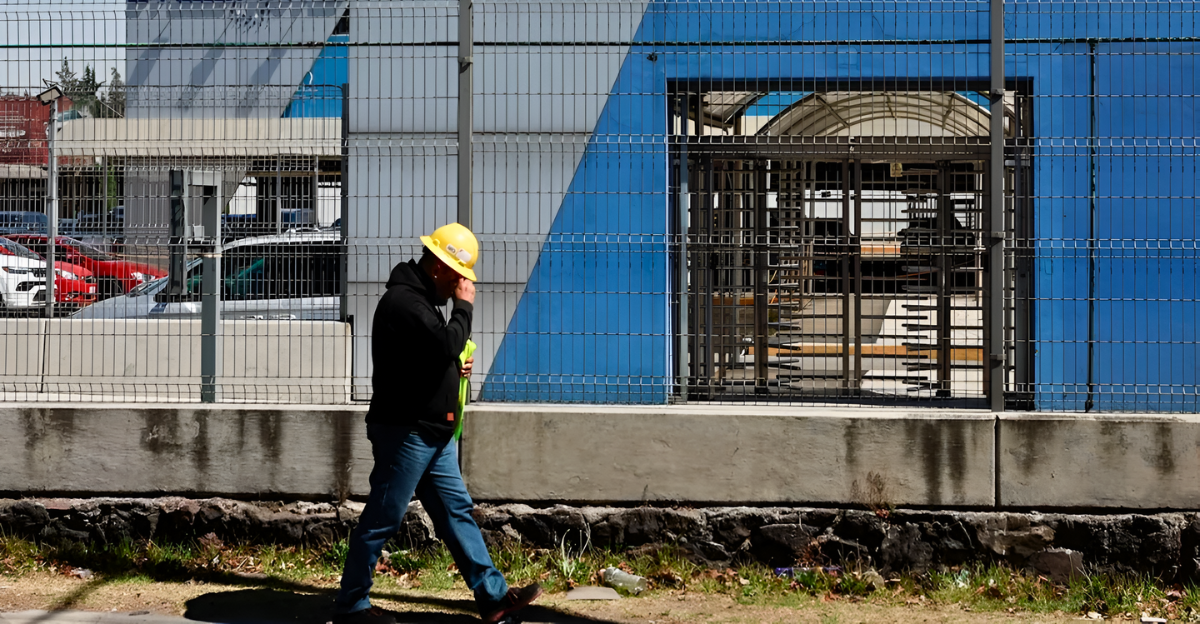
America’s solar manufacturing sector has faced major turbulence in recent years. More than 100 companies filed for bankruptcy in 2024-2025, losing billions in investments and thousands of jobs.
Congressional passage of the “One Big Beautiful Bill” threatens to eliminate crucial tax credits, accelerating the solar sector’s decline and representing the most significant clean energy manufacturing crisis since Solyndra’s collapse.
Stakes Rising
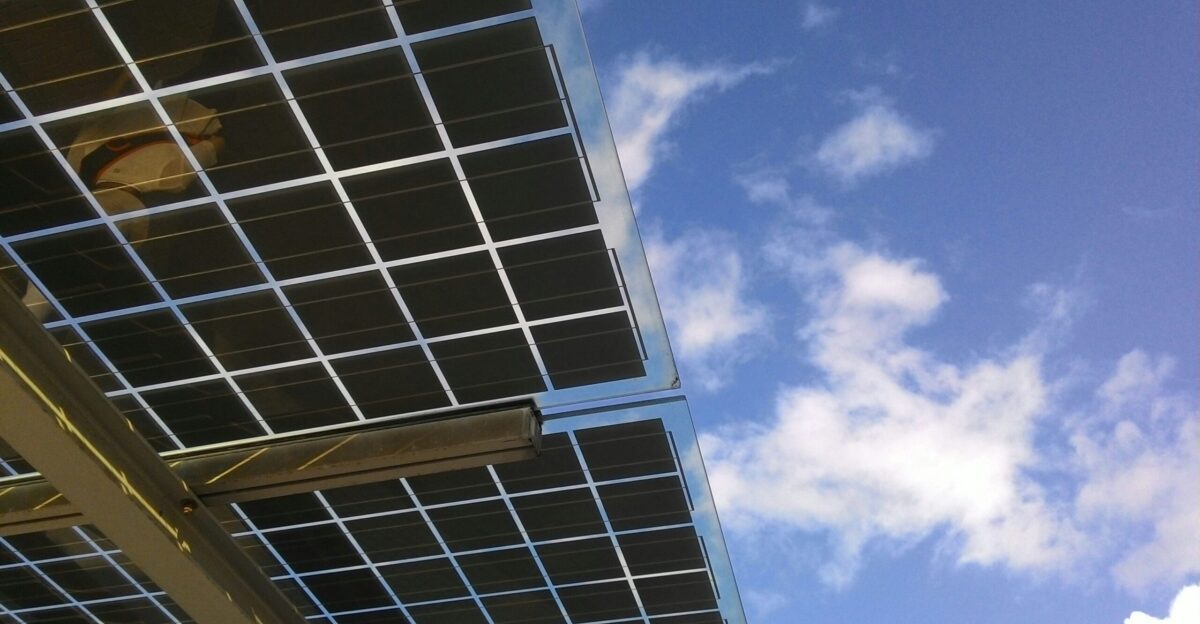
The Solar Energy Industries Association projects unprecedented losses, with nearly 300 factories at risk of closure and 300,000 jobs at stake.
Texas and California face the heaviest projected losses, with over 69,800 solar jobs threatened by the next five years. What began as isolated company failures now threatens the dismantling of America’s renewable energy manufacturing base.
Technology Leaders
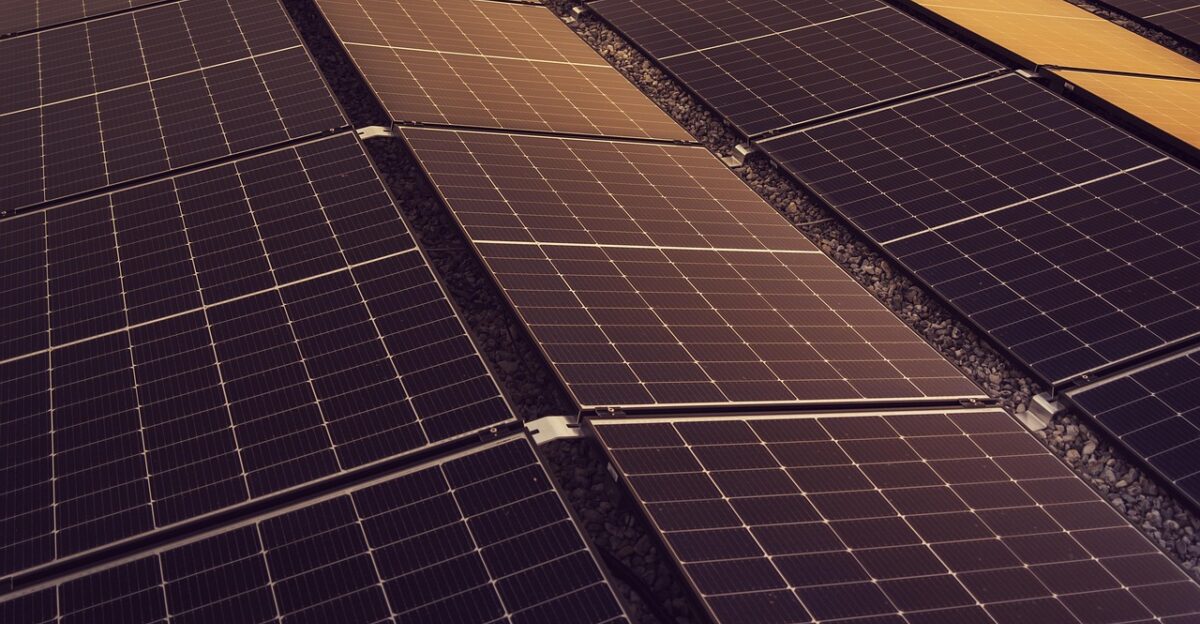
Heterojunction (HJT) solar technology is an industry leader and showcases advanced manufacturing capability. Compared to conventional panels, it achieves conversion efficiencies exceeding 23%.
Chinese manufacturers like Huasun Energy have pushed HJT efficiency records to 25.23%, while research institutions continue breaking barriers with laboratory cells reaching 26.81% efficiency in cutting-edge developments.
Market Pressures

Foreign suppliers often undercut domestic solar producers’ manufacturing costs. Heterojunction production costs $0.29 per watt in the United States versus $0.17-0.20 in China.
The “One Big Beautiful Bill” accelerates tax credit phase-outs, forcing companies to achieve construction progress within 60 days of enactment.
Shutdown Confirmed
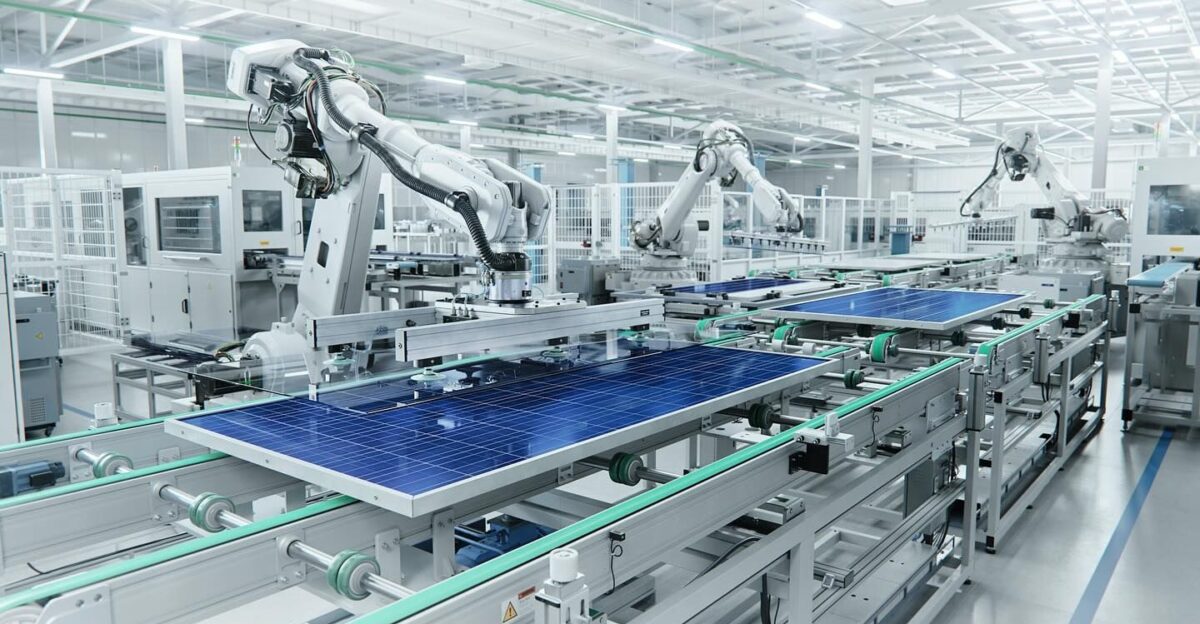
Meyer Burger Technology AG abruptly ceased operations at its Goodyear, Arizona, solar module facility on May 29, 2025, immediately terminating all 282 remaining employees without warning.
The 1.4-gigawatt heterojunction solar module production plant, occupying 276,183 square feet, represented America’s only domestic HJT manufacturing capability before closing due to insufficient funding.
Arizona Impact
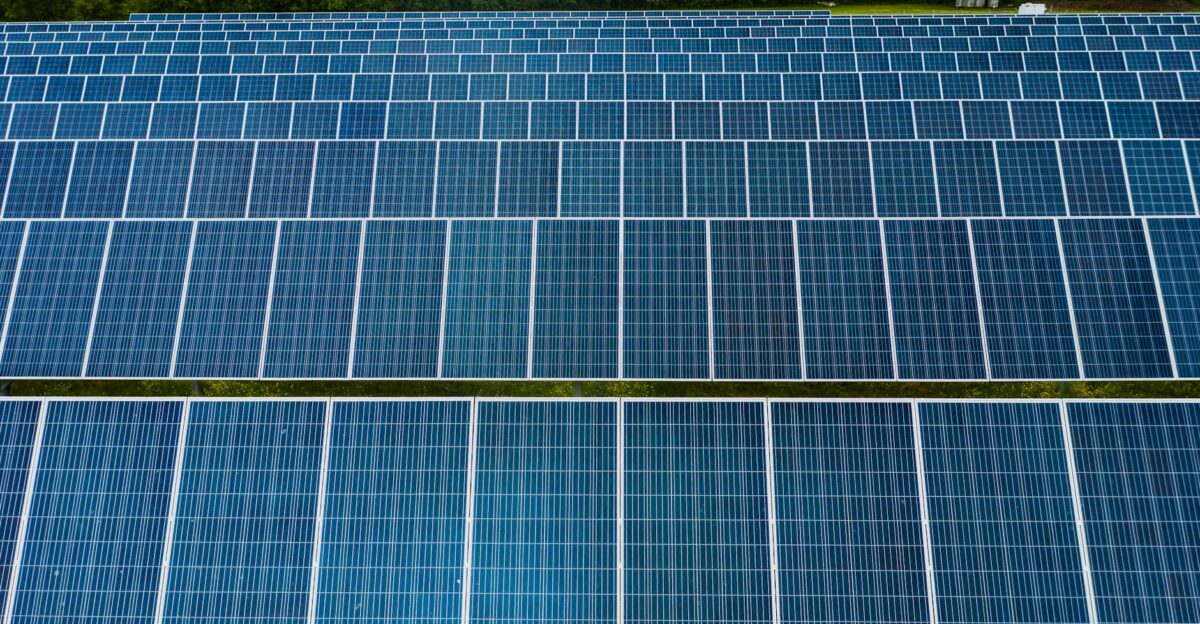
The Goodyear facility closure will eliminate 1.4 gigawatts of annual U.S. solar module production capacity. CIM Group originally leased the state-of-the-art facility to Meyer Burger in January 2022.
The plant featured modern industrial design with equipment designed for potential expansion to 2-gigawatt capacity, representing significant lost manufacturing potential.
Layoffs
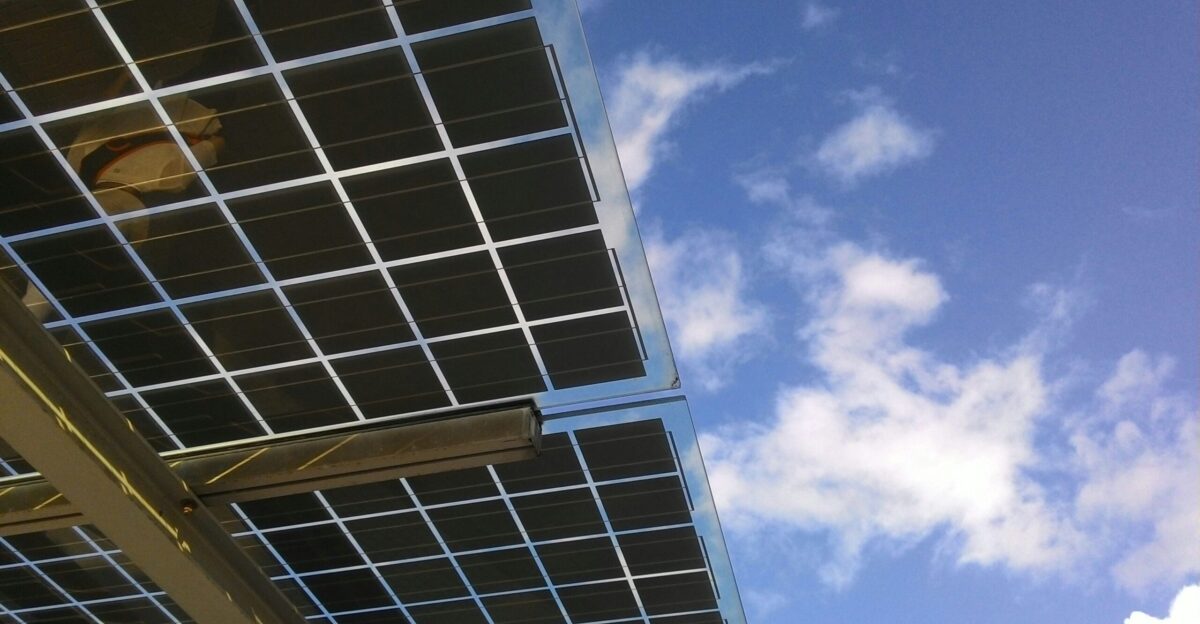
“(The changes) would almost certainly include the loss of jobs on our team,” wrote Will Etheridge, CEO of Southern Energy Management in Raleigh, North Carolina.
Etheridge anticipated laying off 50-55 employees due to residential tax credit elimination, representing thousands of solar businesses facing similar workforce reductions as policy support erodes nationwide.
Competitive Landscape
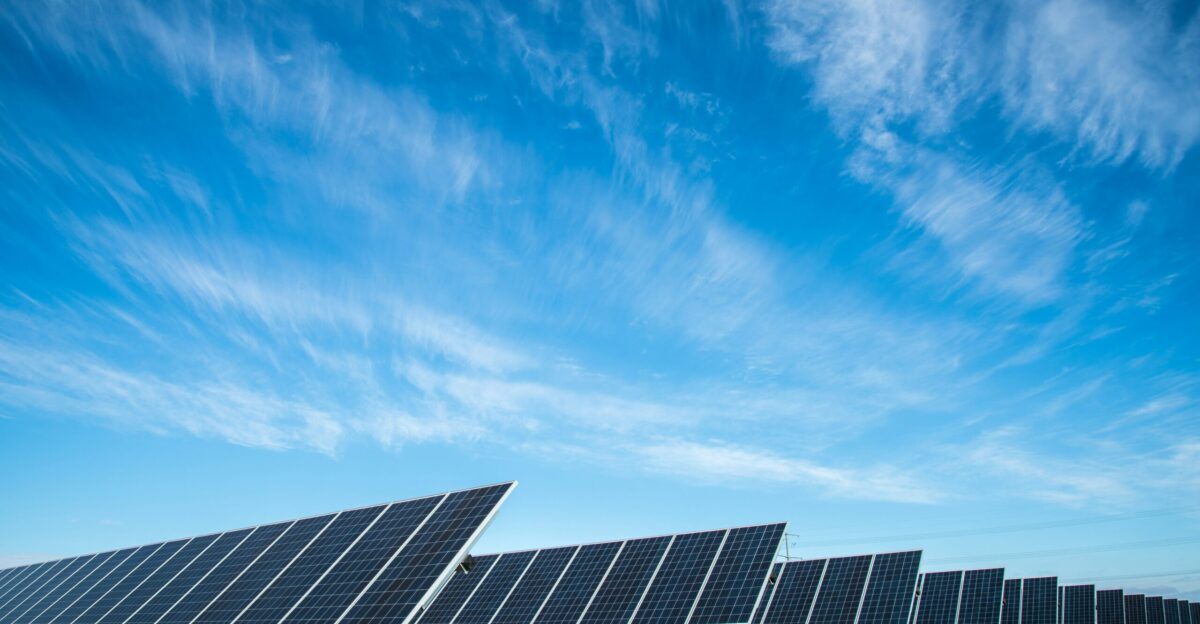
Stonelake Capital Partners acquired both Meyer Burger facility buildings in June 2024 for $108 million, highlighting continued real estate investor interest despite operational challenges.
International competitors continue advancing HJT technology, with research achieving efficiencies approaching 27% in laboratory settings, while American manufacturers face significantly higher cost structures.
Regulatory Effects
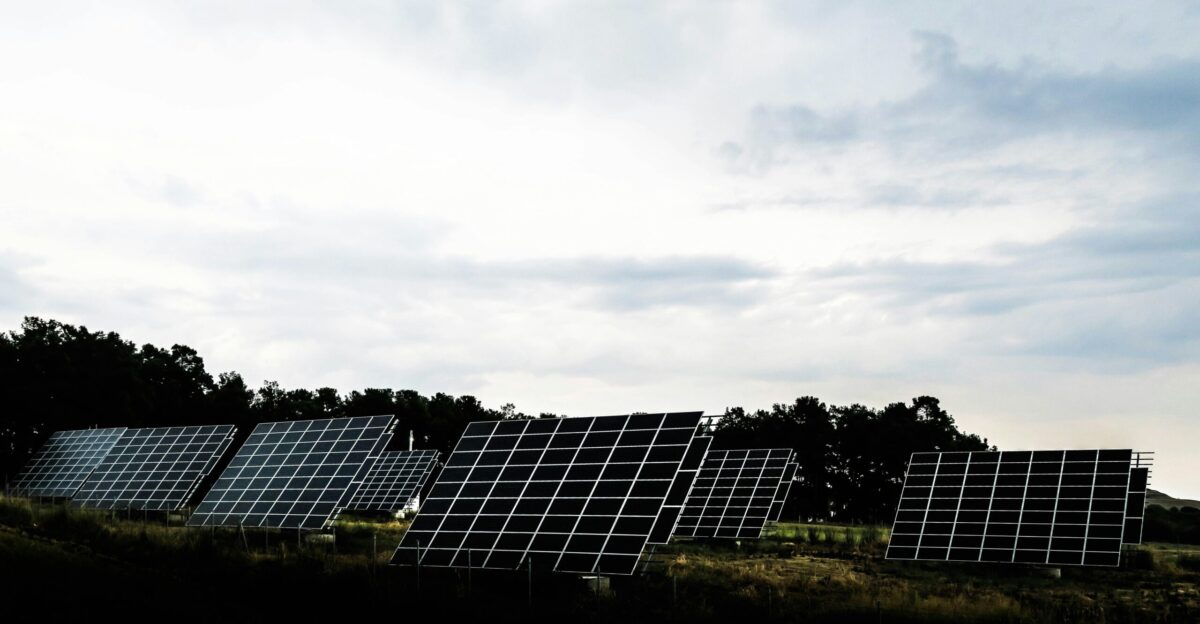
The “One Big Beautiful Bill” specifically targets renewable energy tax incentives, accelerating the phase-out of production and investment tax credits.
Projects must make substantial progress within 60 days to qualify for the remaining credits. Industry groups estimate that this could trigger the closure of 287 solar factories nationwide and eliminate 145,000 gigawatt-hours of capacity.
Technology Loss
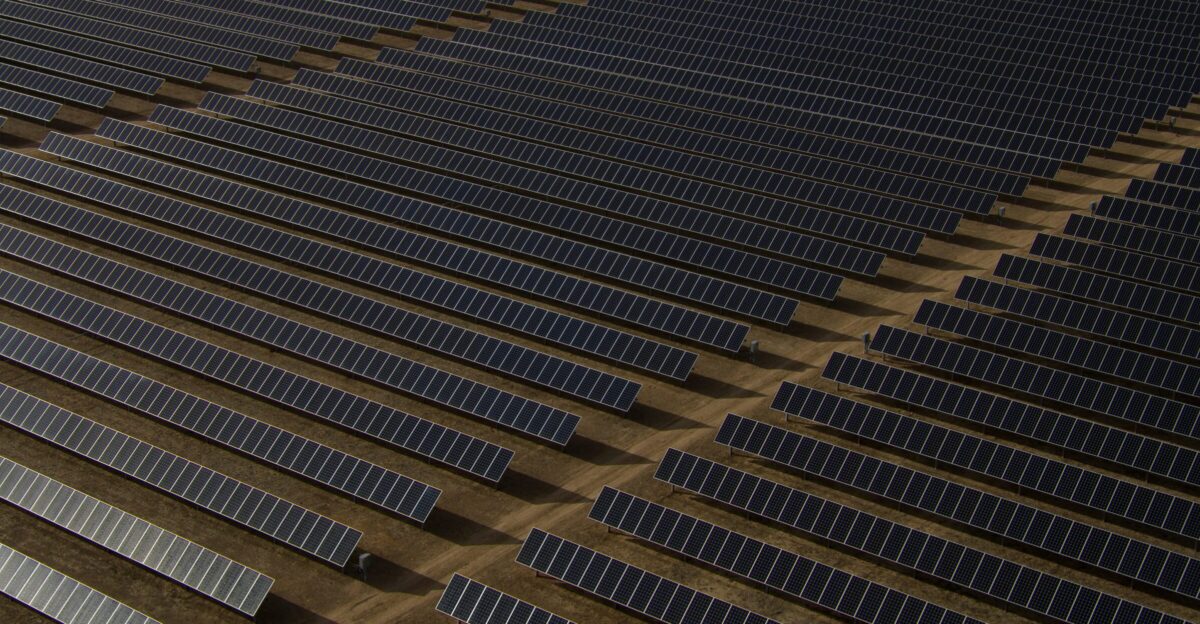
Meyer Burger’s closure eliminates America’s sole source of heterojunction solar technology, forcing complete dependence on Chinese imports for the industry’s most efficient solar panels, which achieve 23%+ conversion rates.
This technological retreat occurs when artificial intelligence and data center demand require abundant energy supplies, surrendering American leadership in next-generation solar development.
Financial Distress

Meyer Burger filed for Chapter 11 bankruptcy protection on June 27, 2025, listing assets between $100 and $500 million against liabilities of $500 million to $1 billion.
The company initiated insolvency proceedings in Switzerland and Germany, affecting an additional 620 workers while owing U.S. Customs $5.1 million in unpaid duties.
Contract Collapse
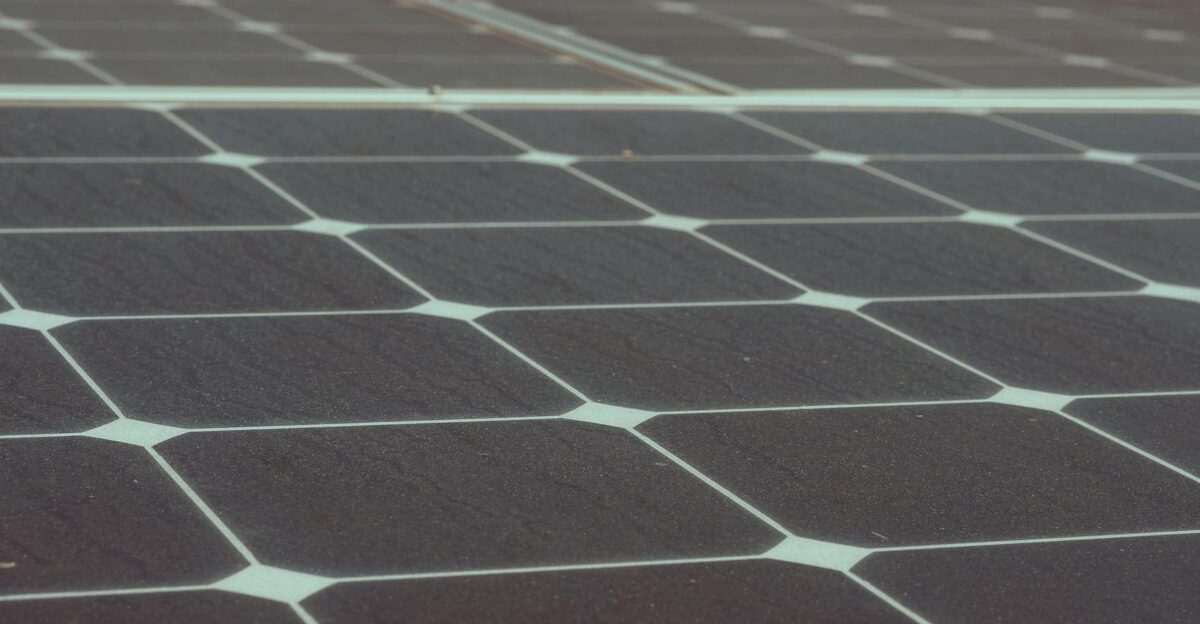
D.E. Shaw Renewable Investments terminated its cornerstone 5-gigawatt, five-year supply agreement with Meyer Burger in November 2024, eliminating the facility’s primary revenue source.
The contract cancellation marked the first major solar plant closure directly attributed to customer termination rather than market conditions, demonstrating the vulnerability of specialized manufacturers.
Recovery Attempts
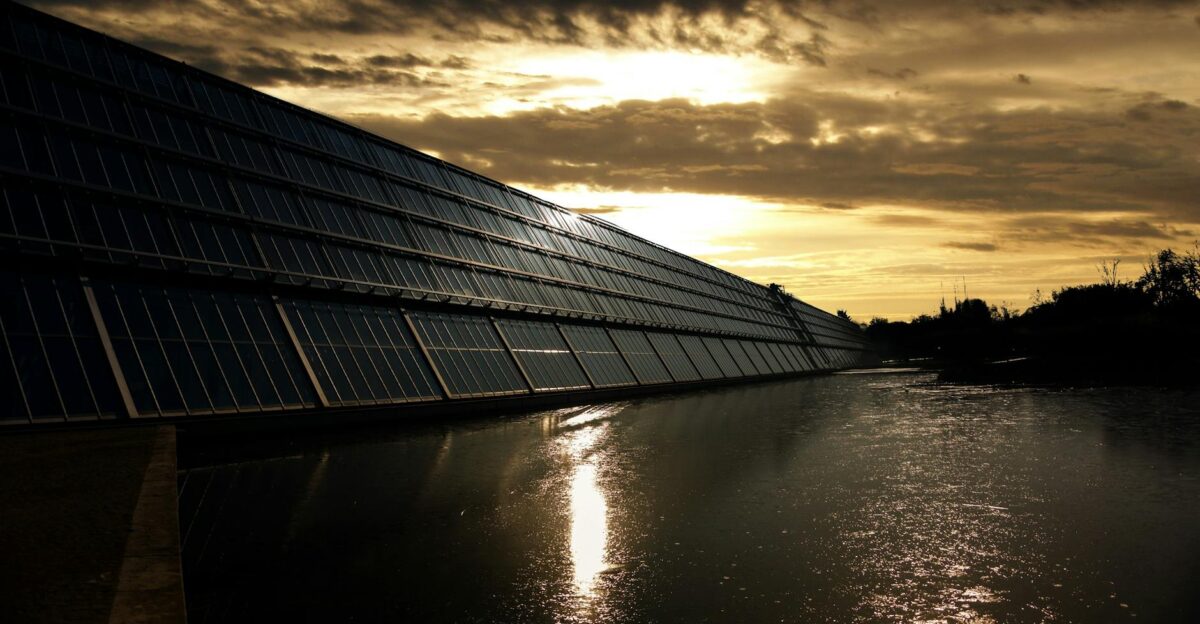
Company executives engaged in restructuring negotiations with bondholders concerning two convertible bonds due in 2027 and 2029.
Management explored asset sales, partnerships, and operational consolidation across global facilities. Despite these efforts, insufficient working capital and continued market headwinds prevented successful restructuring as negotiations continued with creditor groups.
Expert Skepticism

According to Cato Institute analysis, renewable energy receives subsidies at rates “19 to 30 times those of coal, oil, and natural gas.” Adam Michel’s research reveals that 94 percent of federal energy tax expenditures flow to renewables versus 6 percent for fossil fuels.
Heritage Foundation argues that subsidizing specific sources “calcifies existing industry and technology.”
Future Questions

As America’s last heterojunction solar manufacturer shutters operations, fundamental questions emerge about domestic renewable energy independence and technological sovereignty.
Will the United States accept permanent dependence on foreign suppliers, or will new policy frameworks support strategic manufacturing? Energy security depends on resolving vulnerabilities, and electricity demand is surging from AI and data centers.





